31 March 2025
When you think of role-playing games (RPGs), what’s the first thing that comes to mind? Epic battles? Powerful spells? Heroes slaying dragons? Sure, combat often steals the limelight, but let’s not sideline one of the unsung heroes of game design—crafting systems. These mechanics do way more than let you slap together a shiny new sword or cook up a health potion. Crafting systems add layers of depth to RPGs, giving players a chance to engage with the game world in ways that extend far beyond combat.
Let’s dive into what makes crafting so influential and why it’s become such a beloved feature in RPGs.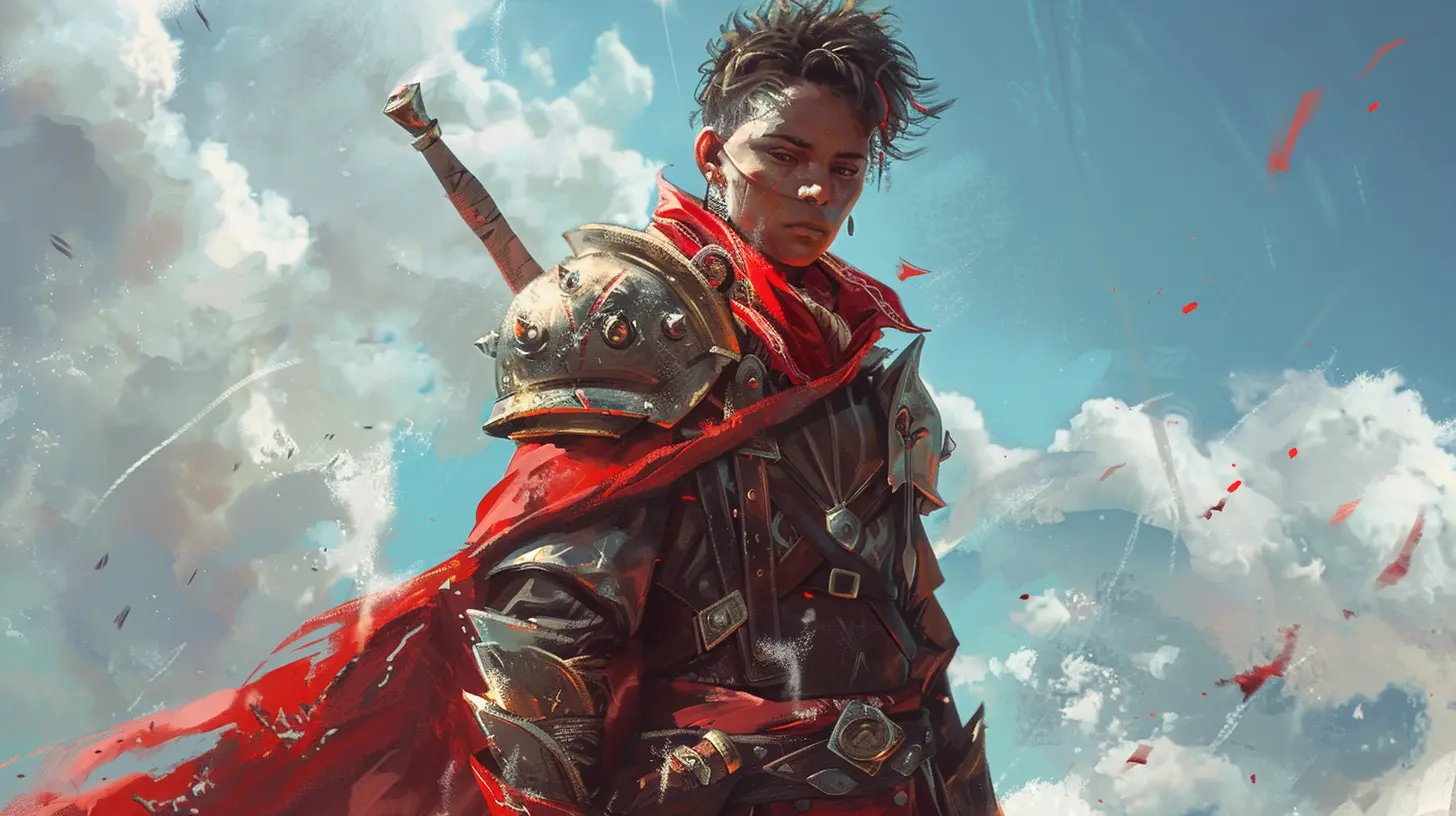
Crafting: More Than Just Busywork
At first glance, crafting might seem like an afterthought. "Oh great, now I have to collect a bunch of random junk off the ground to make things." But hold up! While it might feel like glorified scavenger hunting to skeptics, a well-designed crafting system is like the glue holding an RPG’s world together. It’s not just about creating items—it’s about giving players control, immersion, and a sense of accomplishment.Think about it: when you’re crafting, you’re actively participating in the game’s ecosystem. You’re not just a hero passing through but a part of the world. You gather materials, understand recipes, and, in a way, leave your mark on the game.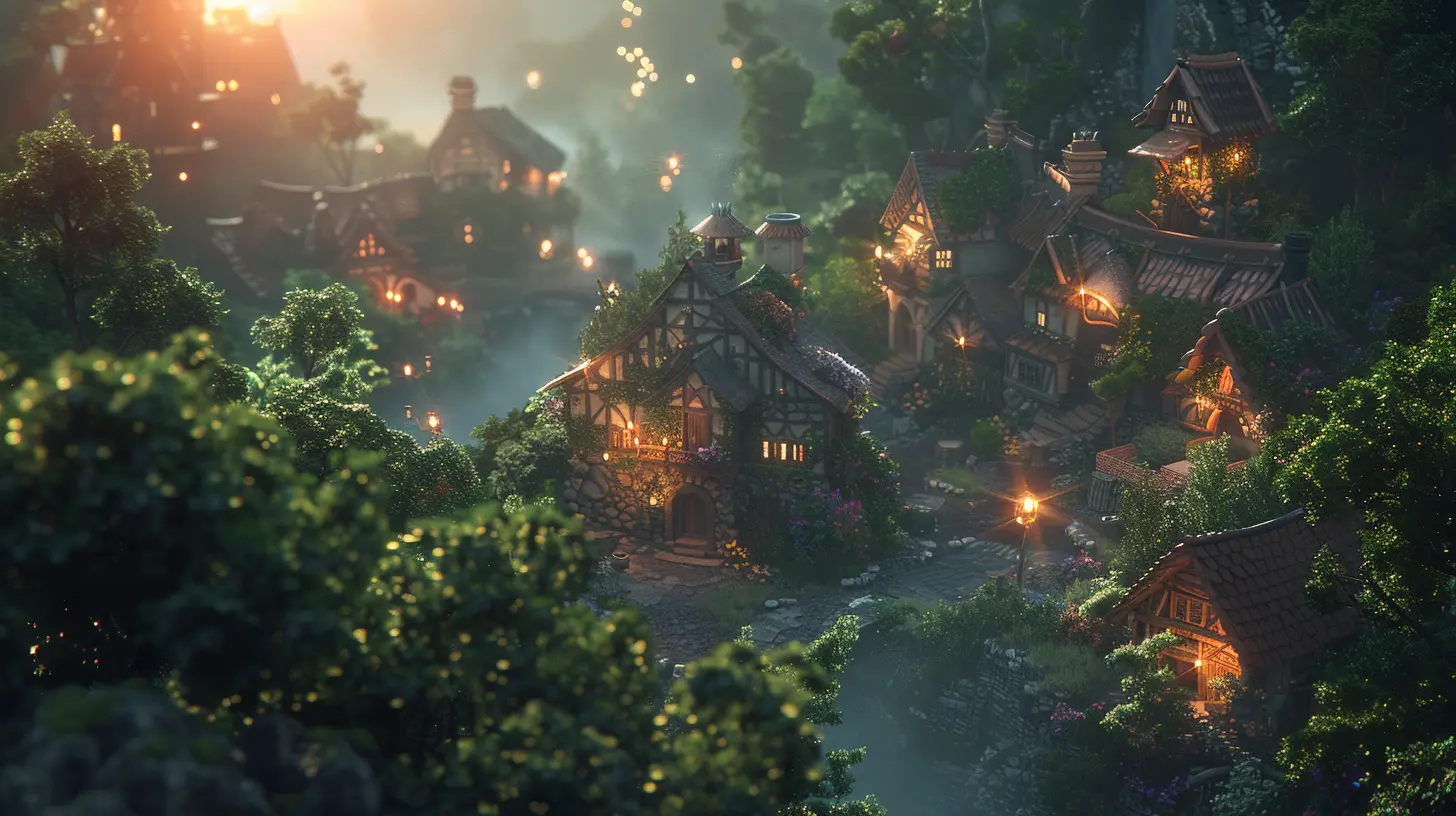
Why Crafting Matters in RPGs
1. Immersion in the Game’s World
Crafting systems often make the world feel alive. You’re not just walking by trees or mining nodes for show—they’re resources you can use. Games like The Elder Scrolls V: Skyrim or The Witcher 3: Wild Hunt make you feel like the world isn’t just a backdrop for battles. You can chop wood, brew potions, and smith weapons, making the setting feel like a living, breathing ecosystem.For example, Skyrim’s alchemy system uses plants, bugs, and other natural resources you find while exploring. These ingredients tie directly to the world you see. Spot a mountain flower? That’s not just scenery; it’s an opportunity to create something useful. Crafting bridges the gap between the game’s visuals and its mechanics, drawing you deeper into the experience.
2. Player Agency and Creativity
Crafting systems scream, “Hey, you’re in charge here!” Instead of just buying items from a vendor, you’re the one making choices. Which sword is better—one with extra fire damage or one reinforced for durability? Do you spend your rare materials now or hoard them for something more epic later?Take Minecraft or Stardew Valley—yes, they’re not traditional RPGs, but they highlight the importance of player creativity. The ability to craft isn’t just a mechanic; it’s a way to express yourself in the game. You’re designing your tools, building your gear, and ultimately shaping how you play.
Traditional RPG examples, like Final Fantasy XIV or Monster Hunter: World, take it further by offering intricate crafting trees. These systems reward experimentation, pushing you to think strategically rather than just mindlessly grinding for loot.
3. A Break from Combat
Let’s be honest—combat can get repetitive, even in the best RPGs. Crafting offers a much-needed breather. It’s the “calm before the storm,” letting players relax and focus on something other than slaying hordes of enemies.Imagine you’re in Horizon Zero Dawn, scraping by against robot dinosaurs. After a grueling fight, you retreat to craft better arrows or traps, strategizing for the next encounter. Crafting adds a layer of preparation, making combat feel more rewarding and less like you’re just running headfirst into danger all the time.
4. Progression and Achievement
Crafting is one of the ultimate forms of progression in RPGs. Instead of just leveling up your character, you’re leveling up your gear, recipes, and even knowledge of the game world. Remember the first time you made an insanely powerful weapon in Dark Souls? That moment of pride and accomplishment came not just from the weapon’s power but from the journey it took to create it.Games like World of Warcraft take this to another level with professions like blacksmithing and engineering. Building your arsenal isn’t just a personal achievement—it can also be a way to contribute to group efforts in multiplayer games. Who doesn’t love being the go-to crafter for their team or guild?
Crafting Systems That Stand Out
Not all crafting systems are created equal. Some are mind-numbingly basic, while others deserve standing ovations for their depth and creativity. Here’s a quick look at a few games that nailed it:1. The Elder Scrolls V: Skyrim
Skyrim’s crafting system is versatile and doesn’t force itself on the player. Want to focus on potion-making? Go for it. Prefer enchanting weapons? No problem. The variety lets you choose how you engage, all while tying it into the broader world.2. Monster Hunter: World
The crafting system in this game mirrors the hunt itself. Gathering materials from defeated monsters to craft armor and weapons not only rewards your effort but also motivates you to take on tougher beasts. It’s a brilliant cycle: defeat, craft, repeat.3. Stardew Valley
Yes, it’s more of a farming sim than an RPG, but Stardew’s crafting system is as charming as it is essential. From sprinklers to preserve jars, every crafted item feels meaningful. Plus, it’s just plain satisfying to see your farm come to life as you craft upgrades slowly.4. The Witcher 3: Wild Hunt
Geralt’s crafting options are tied to the lore and his role as a Witcher. It’s not just about slapping together a sword—it’s about preparing for specific contracts and enemies. That attention to detail elevates crafting from a side mechanic to a core part of the game.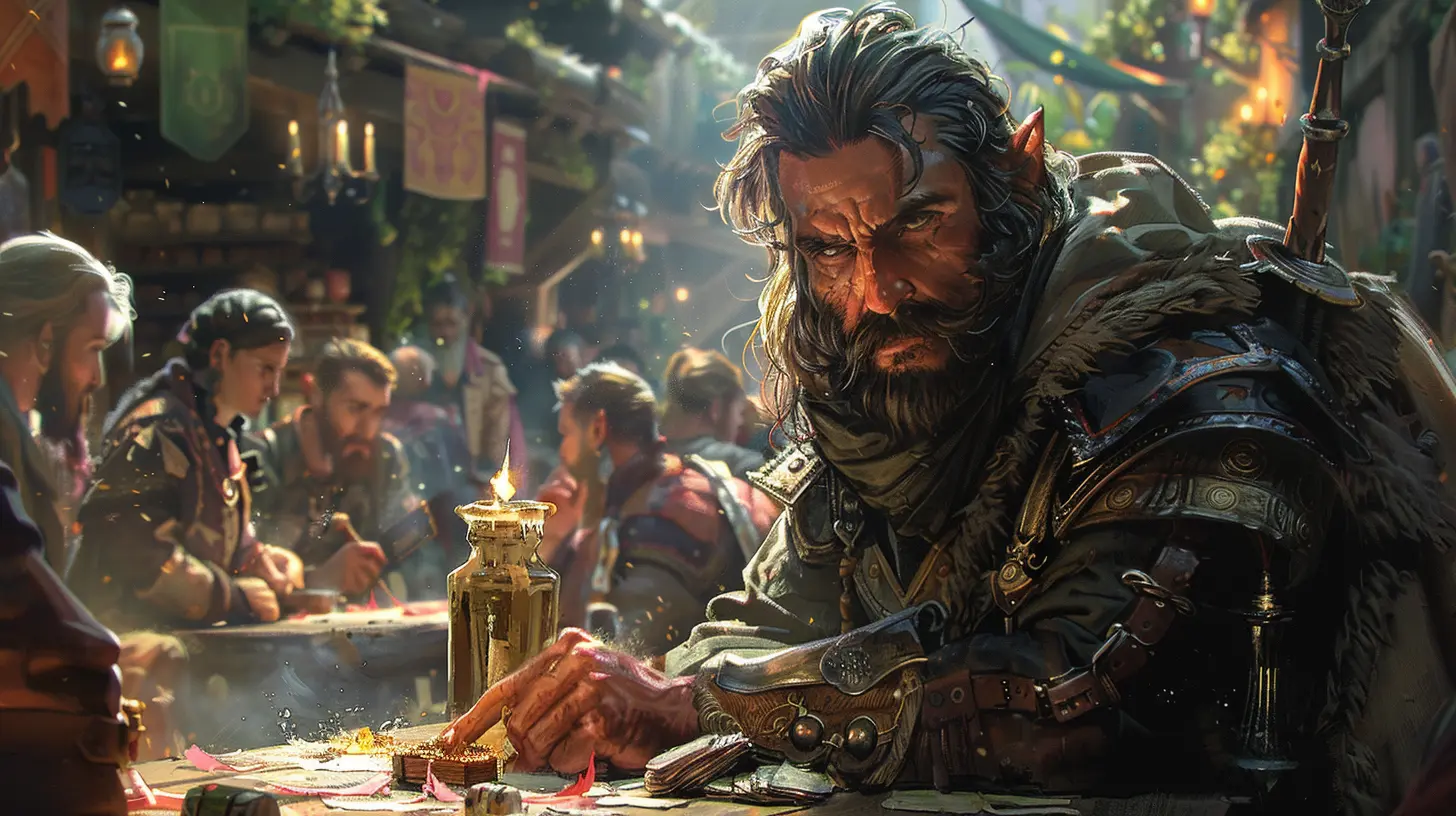
The Emotional Payoff of Crafting
Here’s the thing: crafting taps into something deeply satisfying about being human. We love to create, improve, and take pride in what we’ve built. In RPGs, crafting provides a sense of ownership over your journey. That sword you forged? It’s not just a weapon; it’s a symbol of your growth and effort.Crafting also makes you feel smart. Piecing together rare materials, discovering recipes, or even just figuring out how to balance limited resources—it scratches that problem-solving itch in a way combat doesn’t always achieve.
The Future of Crafting in RPGs
Crafting systems are evolving, and the future looks bright. With advancements in AI and procedural generation, we might soon see crafting systems that adapt dynamically to your playstyle. Imagine a game where your crafting choices change the story or shape the world around you. Developers could take inspiration from survival games like Valheim or Subnautica, merging crafting and exploration in new and innovative ways.More importantly, as crafting gets smarter, it becomes even more immersive. Who knows? In the next big RPG, you might not just craft items—you could craft entire ecosystems, cities, or even cultures.
Conclusion
Crafting systems in RPGs do more than add a sprinkle of flavor—they’re a vital part of what makes these games so engrossing. By giving players more control, offering a break from combat, and tying into the broader world, crafting creates a richer, more layered experience. Whether you love collecting materials, experimenting with recipes, or just taking a breather between battles, crafting has something for everyone.So the next time you find yourself eyeballing a rusty anvil or gathering herbs in the forest, remember: crafting isn’t just busywork. It’s a cornerstone of what makes RPGs truly magical.

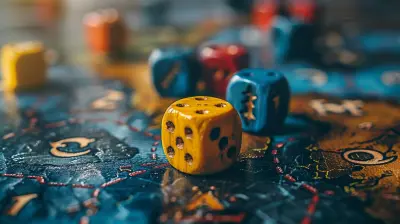

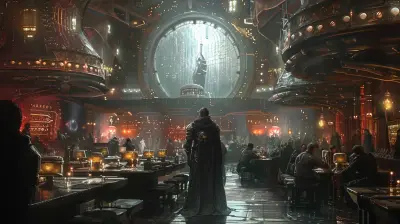
Holly McKinley
Absolutely loved this article! Crafting truly enriches RPGs, turning mundane materials into meaningful experiences. It’s amazing how creativity can enhance storytelling and character development beyond battles!
March 31, 2025 at 4:04 PM